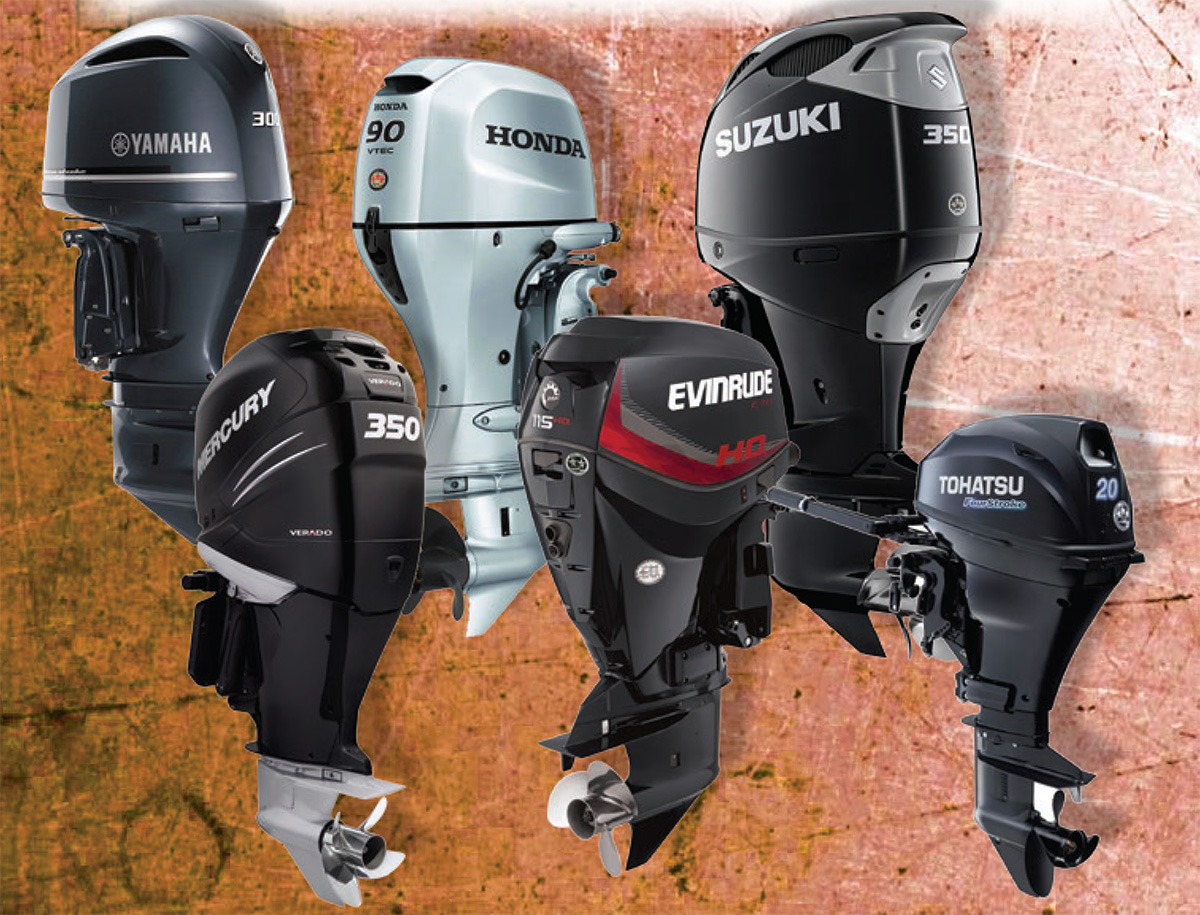


As mentioned above, they’re great in shallow waters, but inboard jets can also be backed up on to beaches given the absence of any protruding parts including rudders.Īt very high speeds jet drives have been documented as being more efficient than props, and they’re certainly quicker to accelerate. Jet drives offer a lot of practical advantages over propeller driven stern drives or outboard motors, mostly related to the fact that they are safer in conditions where impacts with foreign objects are likely. As such jet drives are perfect for flat bottomed vessels (Jon Boats) used in shallow, rocky rivers, or in applications where personal safety around the prop would be an issue, such as when water skiers climb in and out of the stern of the boat. The impeller of a jet is generally a smaller item than a prop designed for a boat of the same size, and being fully encased, it is well protected from its environment. Well in simple terms jet drives are great, but only in very specific circumstances, much like airboats. Other engines, notably small single and twin cylinder diesels specifically designed for marine use, use raw seawater for cooling and zinc sacrificial anodes are employed to protect the internal metal castings.Off the top of my head there are 3 ways of propelling a boat, either through the use of a conventional propeller, an impeller (or ‘jet drive’), and aircraft style propellers typically found on flat bottomed air boats used in marshlands where below waterline propulsion is impractical.įor most of us the choice will come down to propellers or jet drives, with props generally ruling the waves in most harbours.īut why is this the case? Why don’t jet drives enjoy the same level of popularity? However, as seawater is corrosive, and can damage engine blocks and cylinder heads, some seagoing craft have engines which are indirectly cooled via heat exchanger in a keel cooler. Some inboard motors are freshwater cooled, while others have a raw water cooling system where water from the lake, river or sea is pumped by the engine to cool it. the Wärtsilä RT-flex96C produces 109,000 horsepower, weighs 2,300 tons, stands 44-feet tall, is 90-feet long, and has a maximum of 109 rpm. The largest engines in the world are marine diesel engines used to power supertankers and container ships. Some early models used coal for steam-driven ships. The advent of the stern drive propulsion leg improved design so that auto engines could easily power boats.įor larger craft, including ships, where outboard propulsion would in any case not be suitable, the propulsion system may include many types, such as diesel, gas turbine, or even fossil-fuel or nuclear-generated steam. Many inboard motors are derivatives of automobile engines, known as marine automobile engines. Boats can use one cylinder to v12 engines, depending if they are used for racing or trolling.įor pleasure craft, such as sailboats and speedboats, diesel, gasoline and electric engines are used. Inboard motors may be of several types, suitable for the size of craft they are fitted to. Sintz in America built several commercially available engines from 1893. The gasoline (petrol) engine pioneer Gottlieb Daimler and Maybach built a four-cycle boat engine and tested it in 1887 on the Neckar River. Such engines had low power and high fuel consumption. In the 1880s the naphtha engine made its appearance and a few boat engines appeared. Harbour tugs, and small steam launches had The first marine craft to utilize inboard motors were steam engines going back to 1805 and the Clermont and the Charlotte Dundas.

Engine room layout of a rescue boat A 11,100-horsepower (8,300 kW) 5-cylinder, 2-stroke, low-speed marine diesel engine, powering a ship. History A 16-horsepower (12 kW) inboard marine diesel engine, installed in a sailboat. In international shipping the marine diesel engines are the largest most powerful engines ever produced. As opposed to an outboard motor where an engine is mounted outside the hull of the craft, an inboard motor is an engine enclosed within the hull of the boat, usually connected to a propulsion screw by a JSTOR ( November 2008) ( Learn how and when to remove this template message)Ī 260-horsepower (190 kW) diesel inboard motorĪn inboard motor is a marine propulsion system for boats.Unsourced material may be challenged and removed. Please help improve this article by adding citations to reliable sources. This article needs additional citations for verification.


 0 kommentar(er)
0 kommentar(er)
